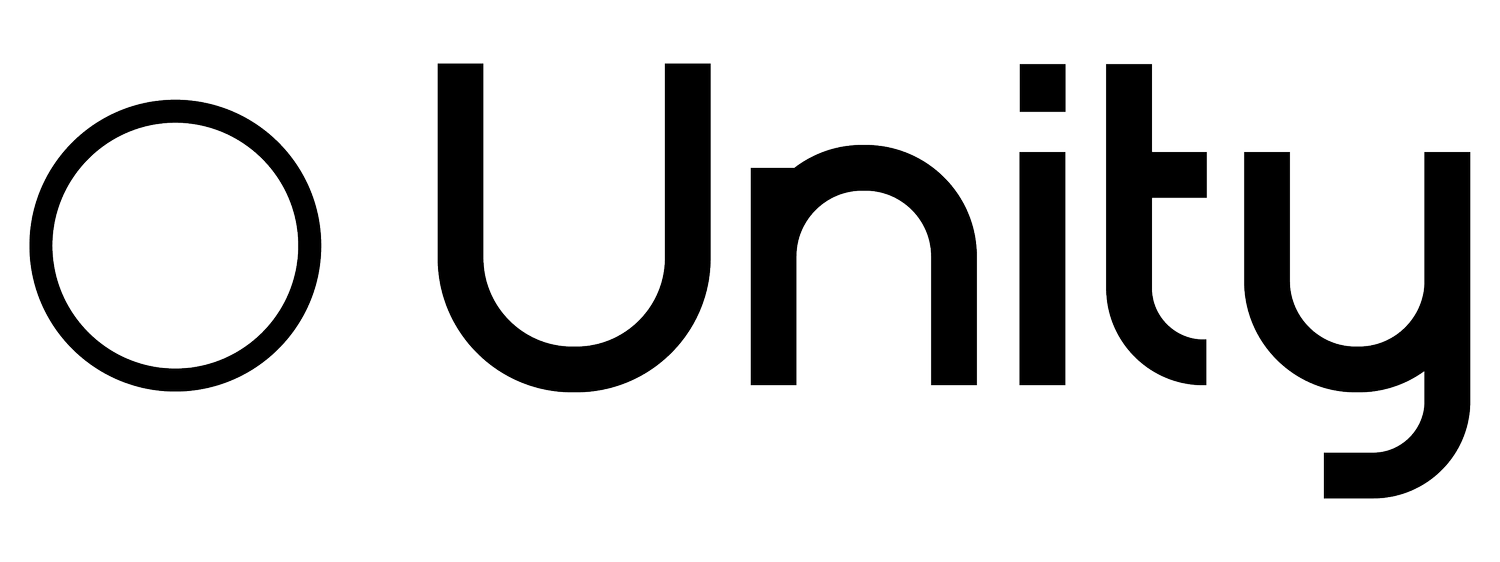Regenerative Design
The Benefit
We must practice regenerative design principles to improve the economic, social, and physical well-being of individuals, communities, and ecologies. We employ a holistic approach to design that, for Unity, that includes the following:
Health
The outcome of intentionally creating a nurturing environment that considers, integrates with, and promotes the well-being of people and nature.
Connection to Nature: views, biofilia, daylight
Behavioural Environment: moments, movements, experience, connection, identity, orientation
Comfort: control, safety, inclusive
Experience & Beauty: material, texture, engagement, inspirational
Environmental Quality: light, air, water
Resilience
The outcome of intentionally creating environments to adapt to changing conditions, regain function, and vitality in the face of environmental or social stress or disturbance.
Adaptive Reprogramming: flexibility, contingency planning
Ease of Retrofit: structure, height, expansion
Longevity: materially assemblies, timelessness
Adaptive Systems: accessible, interchangeable,
open-sourceDisaster Readiness: environmental considerations (orientation, seismic, elevation, protection, energy security)
Universal Design
The practice of designing environments that intentionally promote fairness, equality, and inclusivity.
Physical Accessibility: physical, visual, auditory, olfactory
Gender Accessibility: accommodate & respect gender diversity
Cultural Accessibility: accommodate & respect cultural diversity
Generational Accessibility : accommodate & respect generational diversity
Accessibility Supports: mobility aids, devices, walkers, service animals
Material Transparency
The intentional selection of products and materials that support health, climate, ecosystem, social equity, and circular economy.
Human Health: inert, non-toxic
Social Equity: supporting local
Circular Economy: recyclable, cradle to cradle, demountable, reusable
Ecosystem Health: inert, non-toxic, biodegradable
Vernacular: of the place, known practices
Active Conservation
Intentionally designing to protect and preserve natural and energy resources.
Resource Preservation: structure, finishes, material reuse, waste
Energy Preservation: systems, materials (production), orientation, envelope, optimization
Energy Generation: PV, geothermal, wind
Water Preservation: usage, harvesting, grey water, LID
Land Preservation: planning, footprint, LID






